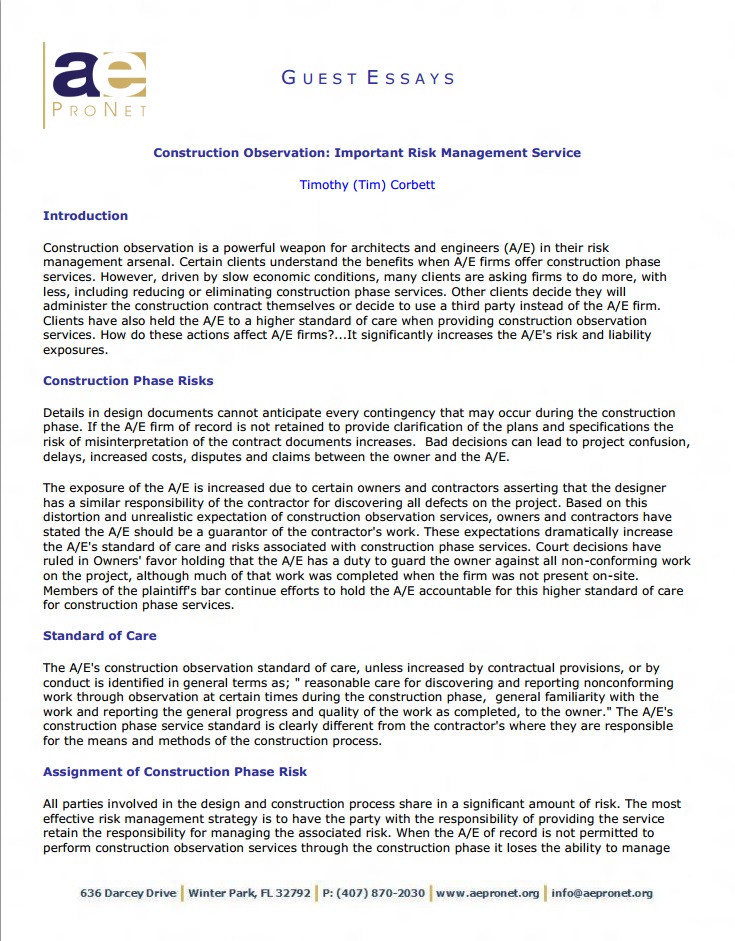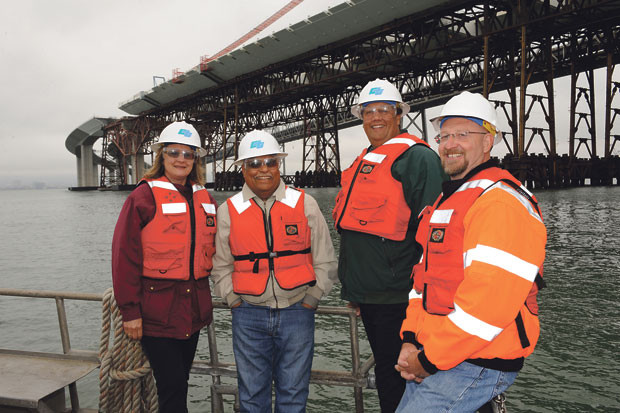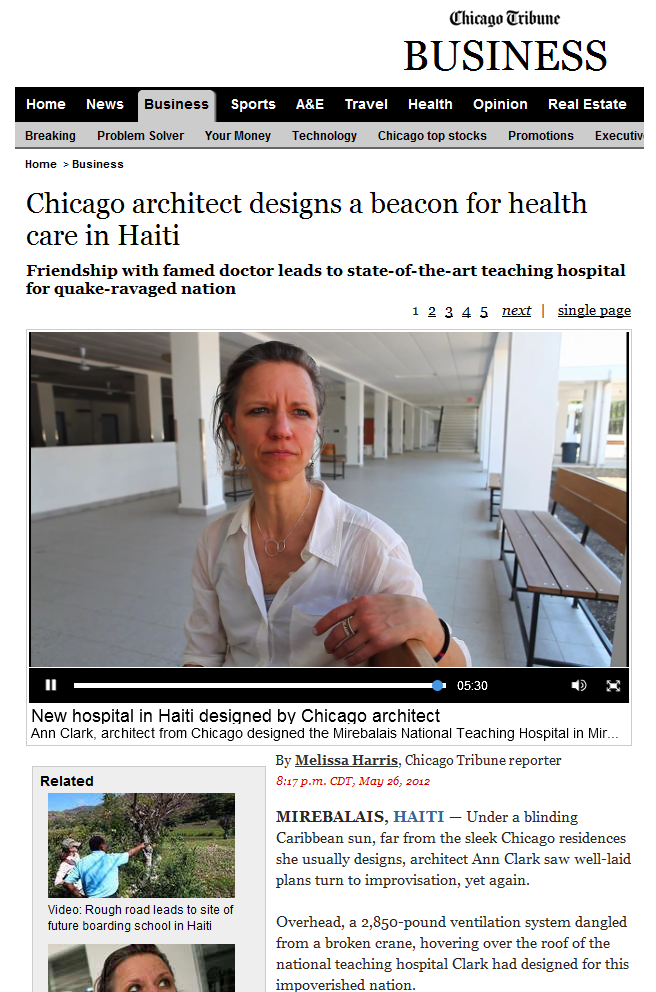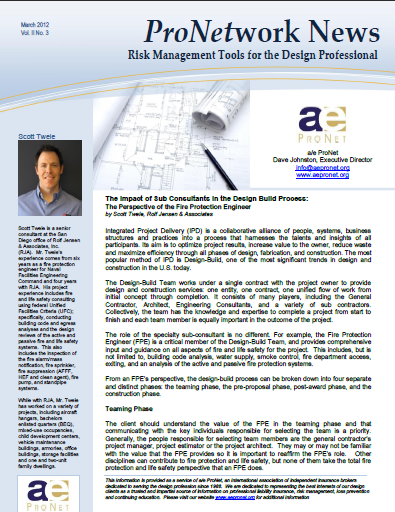Pretty cool that the hardhat-wearing men and women who designed and built the infrastructure of the thirtieth Olympic games received a shout-out last night during the opening ceremonies. They deserved some applause! Just ask ICE president Richard Coackley:

Photo: AFP
“Our day-to-day lives depend on the infrastructure around us that is designed, built and maintained by civil engineers – from roads, railways and bridges to energy, water and waste networks. It forms the backbone of society and the economy. But unfortunately it is often only when things go wrong that the work of civil engineers is thrust into the media spotlight.
“The London 2012 Games have changed this – showcasing and celebrating the work of these often ‘unsung heroes’ while at the same time helping the public understand more about what civil engineers do and what a diverse and exciting career it is.
“If anything could excite and inspire young people to pursue civil engineering as a career it’s the Olympic and Paralympic Games – a true feat of engineering in every sense.”
— ICE president Richard Coackley —
Read the rest of London Olympics 2012: Opening ceremony to ‘reinvigorate careers in engineering’ in The Telegraph.








